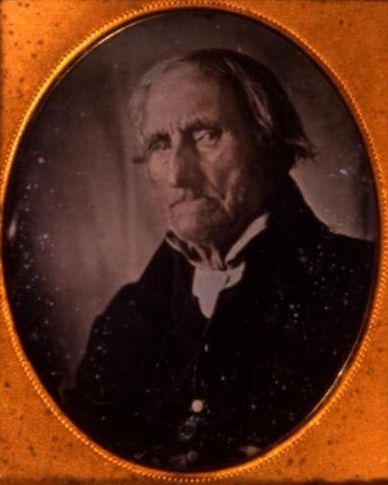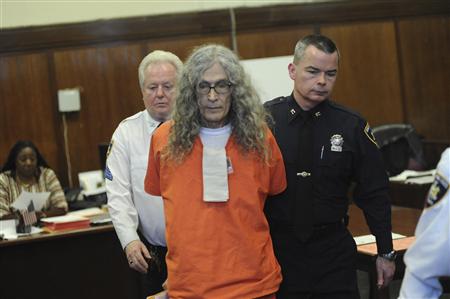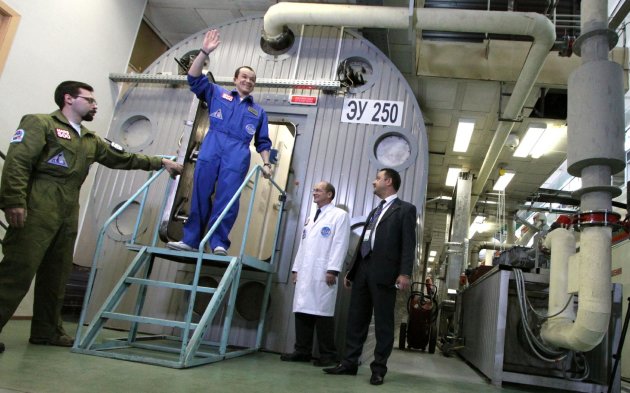U.S. banks have taken another step to
clear away the wreckage of the 2008 financial crisis by agreeing to pay
$8.5 billion to settle charges that they wrongfully foreclosed on
millions of
homeowners.
The deal announced Monday could compensate hundreds of thousands of
Americans whose homes were seized because of abuses such as
"robo-signing," when banks automatically signed off on
foreclosures without properly reviewing documents. The agreement will also help eliminate huge potential liabilities for the banks.
But consumer advocates complained that regulators settled for too low a price by letting banks avoid full responsibility for
foreclosures that victimized families and fueled an exodus from neighborhoods across the country.
The settlement
ends an independent review of loan files required under a 2011 action by
regulators. Bruce Marks, CEO of the advocacy group Neighborhood
Assistance Corp. of America, noted that ending the review will cut short
investigations into the banks' practices.
"The question of who's to blame — the
homeowners or the lenders — if you stop this investigation now, that will always be an open-ended question," Marks said.
The banks, which include
JPMorgan Chase,
Bank of America and Wells Fargo, will pay about $3.3 billion to
homeowners to end the review of
foreclosures.
The rest of the money — $5.2 billion — will be used to reduce
mortgage bills and forgive outstanding principal on home sales that
generated less than borrowers owed on their mortgages.
A total of 3.8 million people are eligible for payments under the
deal announced by the Office of Comptroller of the Currency and the
Federal Reserve. Those payments could range from a few hundred dollars
to up to $125,000.
Homeowners who were wrongly denied a loan modification will be
entitled to relatively small payments. By contrast, people whose homes
were unfairly seized and sold would be eligible for the biggest
payments.
Banks and consumer advocates had complained that the loan-by-loan
reviews required under the 2011 order were time-consuming and costly and
didn't reach many
homeowners.
Banks were paying large sums to consultants to review the files. Some
questioned the independence of those consultants, who often ruled
against
homeowners.
The deal "represents a significant change in direction" that ensures
"consumers are the ones who will benefit, and that they will benefit
more quickly and in a more direct manner," Thomas Curry, the comptroller
of the currency, said in a statement.
But Charles Wanless, a homeowner in the Florida Panhandle, is among those who question that promise. Wanless, who is fighting
foreclosure proceedings with
Bank of America, says he doubts the money will benefit many who lost homes.
"Let's say they already foreclosed on me and I lost my home," said
Wanless, who runs a pool cleaning business in Crestview, Fla. "What's
$1,000 going to do to help me? If they took my house away wrongfully, is
that going to get me my house back? I might be able to find one if I'm
one of the lucky ones who gets $125,000."
Diane Thompson, a lawyer with the National Consumer Law Center, complained that the deal won't actually compensate
homeowners for the actual harm they suffered.
The deal "caps (banks') liability at a total number that's less than they thought they were going to pay going in," she said.
Thompson supports the decision to make direct payments to victimized
homeowners. But she said the deal will work only if it includes strong oversight and transparency provisions.
The companies involved in
the settlement
announced Monday also include Citigroup, MetLife Bank, PNC Financial
Services, Sovereign, SunTrust, U.S. Bank and Aurora. The 2011 action
also included GMAC Mortgage, HSBC Finance Corp. and EMC Mortgage Corp.
Regulators announced the deal on the same day that
Bank of America
agreed to pay $11.6 billion to government-backed mortgage financier
Fannie Mae to settle claims related to mortgages that soured during the
housing crash.
The agreements come as U.S. banks are showing renewed signs of
financial health, extending their recovery from the 2008 crisis that
nearly toppled many of them. They are lending more and earning greater
profits than at any time since the Great Recession began in December
2007.
Monday's
foreclosure settlement doesn't close the book on the housing crisis, which caused more than 4 million
foreclosures. It covers only consumers who were in
foreclosure in 2009 and 2010. Some banks didn't agree to
the settlement. And resolving millions of claims involving multiple banks and mortgage companies is complicated and time-consuming.
"It's going to take a few more years to get it sorted out," said Bert Ely, an independent banking consultant.
Michael Allen of Petersburg, Va., hopes to benefit from
the settlement.
He lost his home last month after 2½ years of trying to modify his
mortgage. He had fallen behind on his payments after the plant he was
working closed.
"I was working with the banks to re-modify (my loan), and I'd get to
the final stages and I'd have to start over again. They didn't give me
any reason. I'd call them, they'd transfer me from one person to the
next. ... They just kept giving me the runaround."
Citigroup said in a statement that it was "pleased to have the matter
resolved" and thinks the agreement "will provide benefits for
homeowners."
Citi expects to record a charge of $305 million in the fourth quarter
of 2012 to cover its cash payment under the settlement. The bank expects
that existing reserves will cover its $500 million share of the
non-cash
foreclosure aid.
Bank of America
CEO Brian Moynihan said the agreements were "a significant step" in
resolving the bank's remaining legacy mortgage issues while streamlining
the company and reducing future expenses.
Amy Bonitatibus, spokeswoman for
JPMorgan Chase, said the bank had "worked very hard" on the
foreclosure review and was "pleased to have it now behind us."
U.S. Bancorp, which owns U.S. Bank, said its part of the settlement includes an $80 million payment to
homeowners. That payment will reduce its fourth-quarter earnings by 3 cents per share. It has also committed $128 million in mortgage aid.
Leaders of a House oversight panel have asked regulators for a
briefing on the proposed settlement. Regulators had refused to brief
Congress before announcing the deal publicly.
Rep. Elijah Cummings of Maryland, the top Democrat on the House
Committee on Oversight and Government Reform, said the settlement "may
allow banks to skirt what they owe and sweep past abuses under the rug
without determining the full harm borrowers have suffered."
He complained that regulators failed to answer key questions about
how the settlement was reached, who will get the money and what will
happen to others who were harmed by these banks but were not included in
the settlement.
The settlement
is separate from a $25 billion settlement among 49 state attorneys
general, federal regulators and five banks: Ally, formerly known as
GMAC;
Bank of America; Citigroup; JPMorgan Chase and Wells Fargo.











 Talk
about money laundering! Thefts of Tide liquid laundry detergent are
becoming more and more common. Whether it's shoplifting, hijacking, or
fencing, the profits are there, from the drug addict who needs a quick
dollar to the grocer boosting his profit margin. Sergeant Aubrey
Thompson of the Prince George’s County Police Department's Organized
Retail Crime Unit first encountered Tide thefts in March of 2011 when a
Safeway store reported losing thousands of dollars to detergent theft
every month.
Talk
about money laundering! Thefts of Tide liquid laundry detergent are
becoming more and more common. Whether it's shoplifting, hijacking, or
fencing, the profits are there, from the drug addict who needs a quick
dollar to the grocer boosting his profit margin. Sergeant Aubrey
Thompson of the Prince George’s County Police Department's Organized
Retail Crime Unit first encountered Tide thefts in March of 2011 when a
Safeway store reported losing thousands of dollars to detergent theft
every month.











